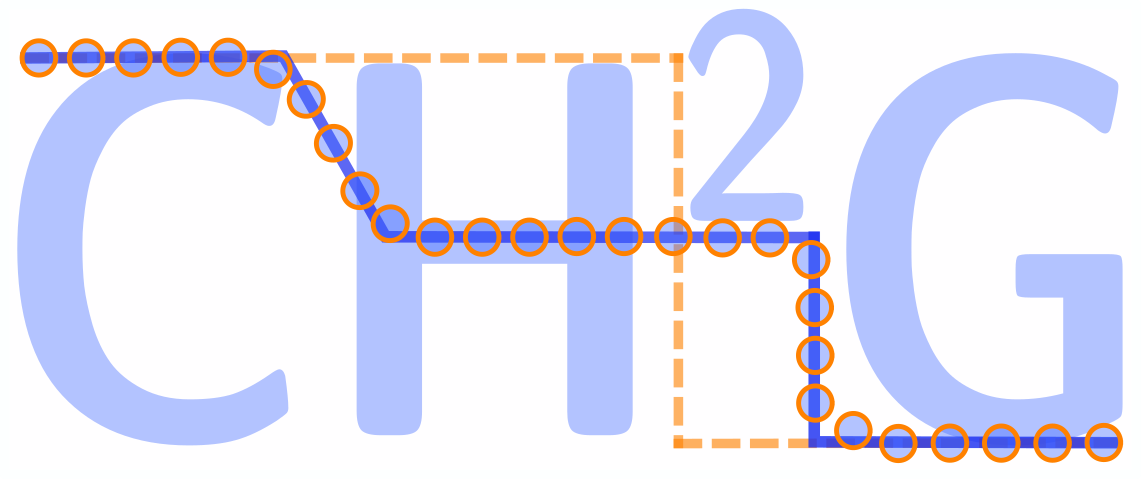SIMLAP
Computational tools for the hemodynamic characterization in laparoscopic abdominal surgery
Current knowledge and understanding of physiological changes during laparoscopic abdominal surgery (LAS) so far are mainly based on clinical and animal studies. But, in vivo experiments in human and animal subjects require ethical considerations and data obtained from such experiments are limited due to practical considerations. In any case, even with the large number of published studies, there are still many clinical questions ranging from the appropriate regulation of intra-abdominal pressure intensity or duration or orthostatic stress during LAS to strategies for reducing trauma, morbidity, mortality, hospital stay and health care costs, which lack an adequate answer. Indeed, with respect to cardiovascular and hemodynamic responses to LAS, so far only generalizations can be made. Sometimes, this approach leads to unsatisfactory results and serious complications occur after laparoscopy in 1 in 1,000 cases. Mathematical modeling and simulation in bioengineering have been successful in recent decades, and in this project we hope that the understanding of LAS can benefit from both. Image-based computational fluid dynamics is increasingly used to model the cardiovascular system.
Thus, it seems plausible that the problem of flow redistribution and cardiovascular alterations during LAS can be easily analyzed using current simulation tools. But, quite to the contrary, in recent decades, most mathematical modeling has focused on the arterial system, isolated from other compartments, especially the venous system. This is mainly due to the technical difficulties in dealing with very thin walls in the venous circulation, which give rise to a complicated problem of fluid-structure interactions, in the venous circulation. Veins, unlike arteries, in sitting or standing position, collapse, generating a very complex flow dynamics. As a consequence, no methodology is available to couple blood flow models to ordinary differential equations representing models of peripheral vasculature, valves or heart when the regime is not stationary that allow calculation of transient states during maneuvers performed during LAS.
Our main hypothesis is that, in order to correctly explain the impact of the maneuvers performed in a LAS, it is necessary to model the venous circulation with the same rigor and detail as is done with the arterial circulation. The main contribution of the project is the development of a multiscale closed-loop hemodynamic model of the entire CVS, with a detailed description of the venous and arterial circulations of the cranial and neck region, pulmonary circulation, coronary circulation, renal circulation, splanchnic circulation, and lower extremity circulation, coupled with respiratory and atrioventricular flow models. We wish to contribute to science with a computationally efficient simulation tool that, by means of an integrated multiscale model, predicts the temporal evolution of CVS during CAL, from which society can benefit.
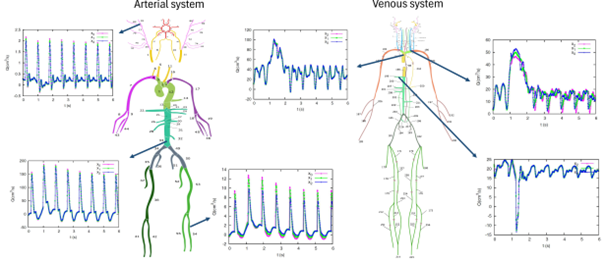
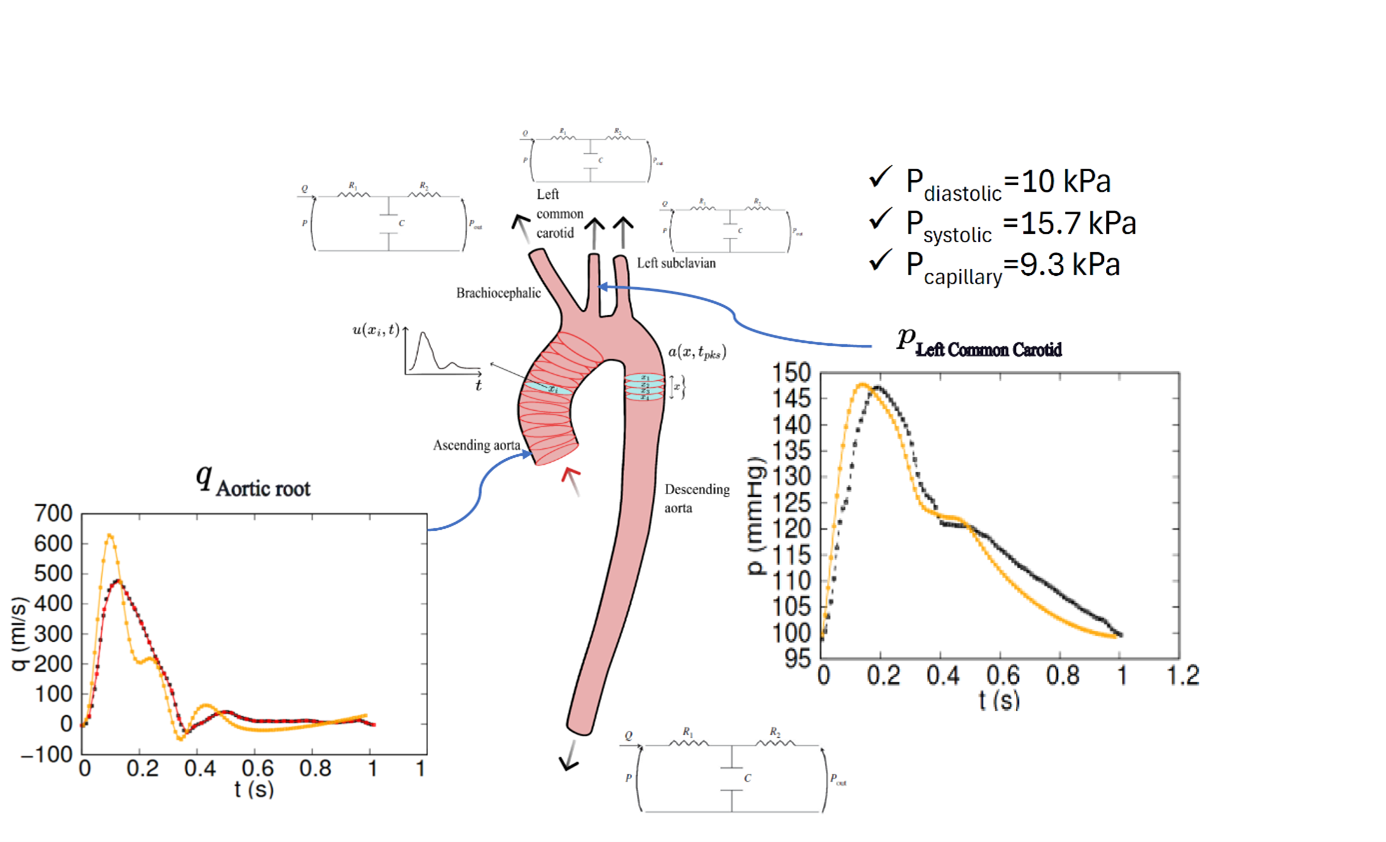
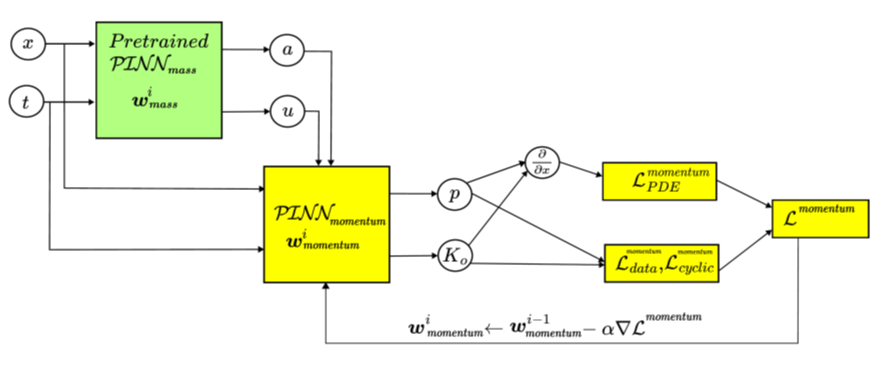
Objectives
The main objective of this research project is the development, validation and calibration of computational tools combined with optimization algorithms, based on AI strategies, which will be able to provide an integrated vision of the effects of OS and PPT in a detailed closed loop model. To achive this goal, all the effort accumulated during this project will be used to provide a closed-loop multiscale hemodynamic model of the entire CVS. The potential range of applications of such a tool, capable of providing efficient forward solutions, and also a novel instrument to solve parameter identification problems is huge, and does not exist so far because of the intrinsic complexity and the various layers of expertise it requires, that the team involved in this project combine in a unique fashion.
CONSTRUCTION OF AN EXPERIMENTAL MOCK CIRCULATORY SYSTEM ARTERIAL LEFT HEART + FLOW + VENOUS RETURN.
So far, most flow generators for mock blood circulatory systems have been piston pumps, which can only control the flow-rate waveform in the heart chambers. Researchers at the Área de Mecánica de Fluidos — Javier Orera, Esteban Calvo, and Javier Murillo — are now developing the first artificial pressure-controlled ventricle. To achieve this, they are using mechanical surgical valves and a design based on pneumatic valves. For the construction, they are creating 3D printing parts in collaboration with the Grupo de Ingeniería de Fabricación y Metrología Avanzada, together with Javier Calvo and Jorge Santolaria. In addition, they are employing silicone molding to produce elastic parts such as the ventricular membrane and arteries like the aorta. Also, they are using real surgical valves provided by Abbott and Doctor J. Manuel Ramirez Rodriguez. Importantly, this new approach is expected to reproduce the low pressures observed in the venous return and within the atrial chamber.
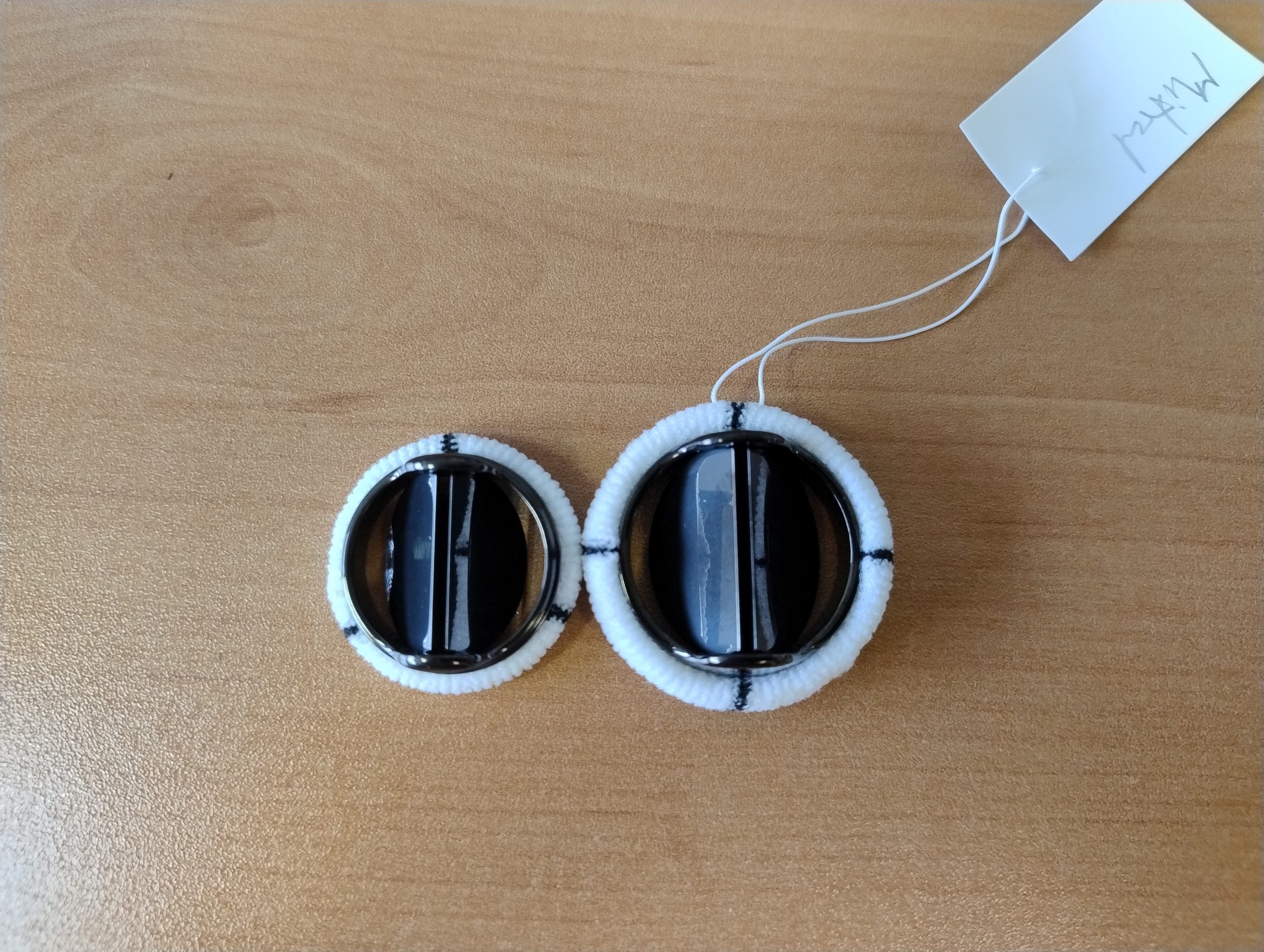
Research Team
Javier Murillo Castarlenas
PhD Eng.
Lecturer
Numerical modelling in fluid mechanics
Esteban Calvo Bernad
PhD Eng.
Lecturer
Experimental techniques in fluid mechanics
J. Manuel Ramírez Rodríguez
PhD Med.
Lecturer
Clinical medicine, laparoscopic surgery
Javier Martínez Ubieto
PhD Med.
Cont. Doc.
Anesthesia and resuscitation
Ana Mª Pascual Bellosta
PhD Med.
Cont. Doc.
Anesthesia and resuscitation
Miguel Malo Urriés
PhD Med.
Cont. Doc.
Physiotherapy and ultrasound sonography
Mario Morales Hernández
PhD Math.
Lecturer
Numerical modelling and High computing Performance
Research Team
Juan Mairal Ascaso
Physics
PhD Student
Numerical modelling and High computing Performance
Javier Orera Echeverría
Eng.
PhD Student
Artificial Intelligence
Luis Sánchez Fuster
Physics
PhD Student
Inverse Problems in Hemodynamics
